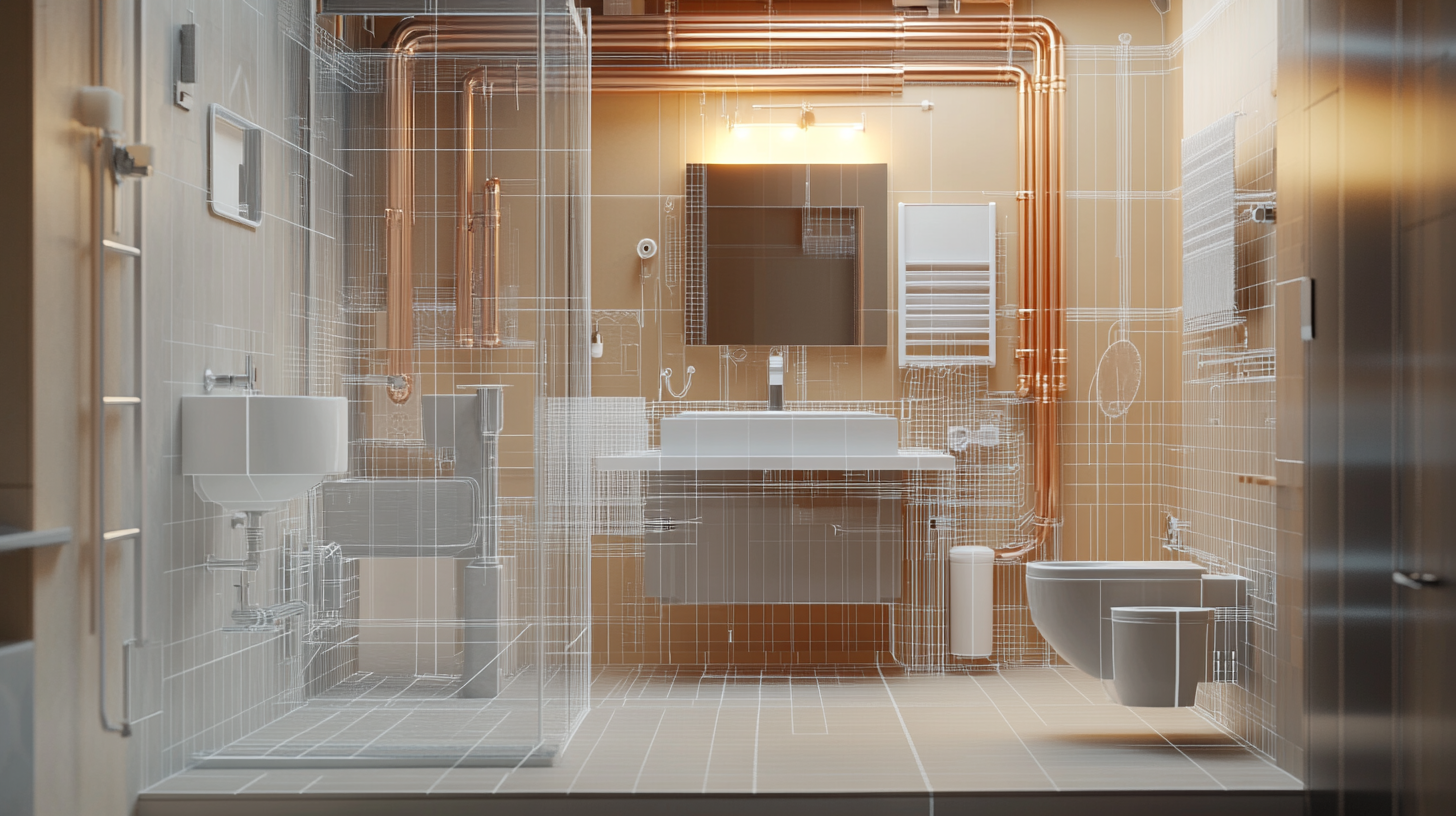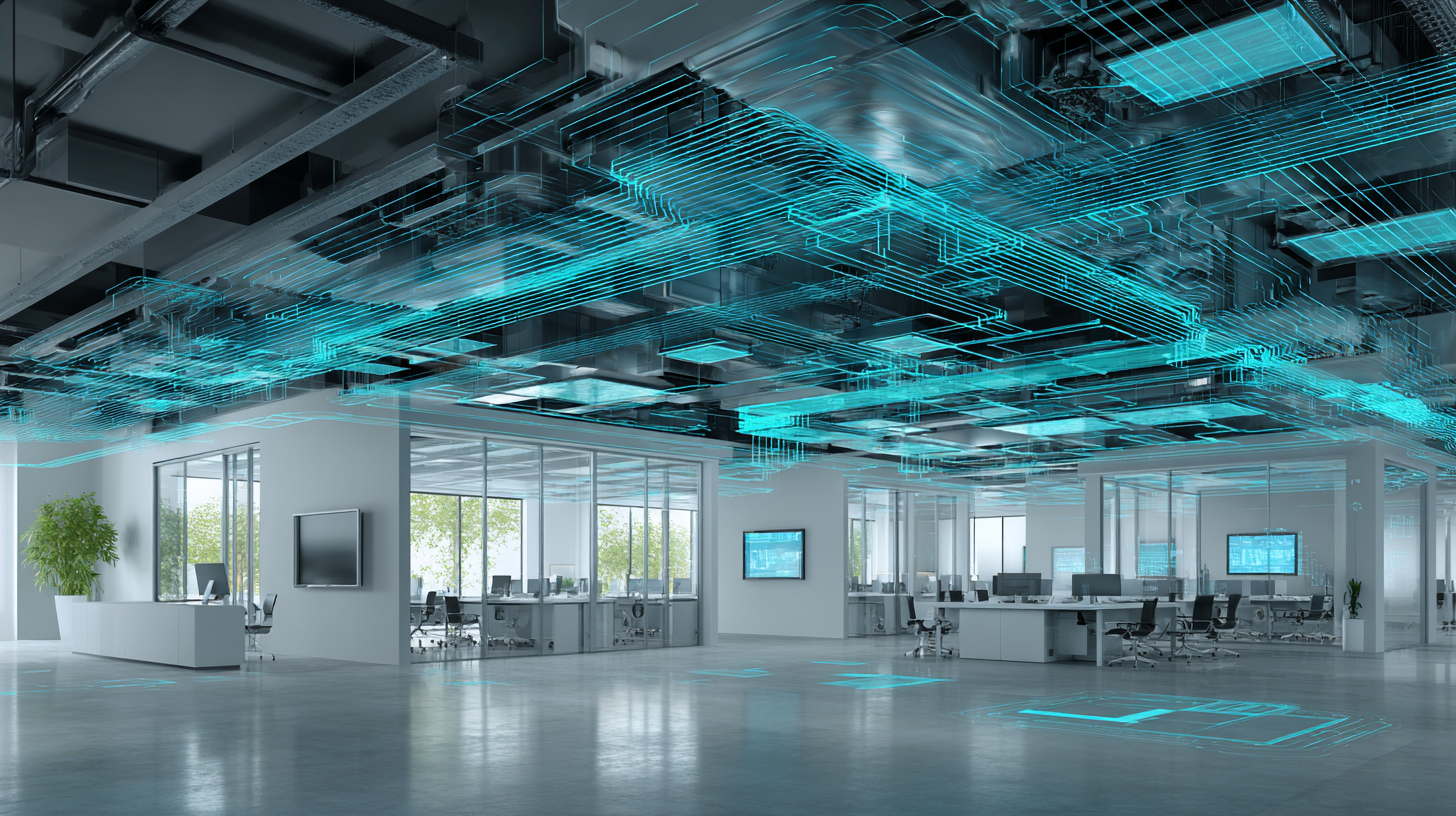
Bathroom Plumbing 101: A Complete Homeowner’s Guide to Fixtures, Pipes, and Maintenance
Your bathroom plumbing is more than pipes and fixtures hidden behind walls. It’s a complex system that plays a crucial role in your home’s efficiency, comfort, and long-term value. Yet, many homeowners, especially new ones, find plumbing intimidating.
This guide is here to demystify bathroom plumbing. Whether you’re a first-time homeowner, a DIY enthusiast, or planning a bathroom renovation, we’ll cover everything from the basics of plumbing systems to fixtures, materials, maintenance, and when to call in the professionals. By the end, you’ll feel confident and prepared to tackle any plumbing challenge or make informed decisions for your home.
1. Understanding the Basics of Bathroom Plumbing
Before diving into individual components, it’s important to grasp how bathroom plumbing functions as an integrated system. It is primarily divided into two key parts:
Water Supply Lines vs. Drainage Lines
- Water Supply Lines: These deliver clean water to your bathroom fixtures through hot and cold-water pipes, controlled by shut-off valves.
- Drainage Lines: These carry wastewater away from sinks, toilets, showers, and tubs using gravity and proper venting.
Hot and Cold Water Flow
- Hot water lines connect to your water heater, while cold water lines connect directly to your main supply.
- Mixing valves in faucets and showers allow you to customize water temperature.
The Role of Vent Pipes
You’ve probably seen pipes sticking out from your roof; these are vent pipes. They allow sewer gases to escape and prevent clogs or vacuum pressure from disrupting water flow in the drainage system.
2. Key Bathroom Plumbing Fixtures Explained
Your bathroom’s functionality depends on its major fixtures. Here’s a breakdown of the essentials:
Toilet
- Types: Standard gravity-flush, pressure-assist, and dual-flush toilets.
- Water Efficiency: Look for WaterSense-labeled toilets to save water without compromising performance.
Sink & Faucet
- Setups: Common setups include undermount, vessel, or pedestal sinks.
- Mixer vs. Separate Taps: Mixer faucets combine hot and cold water, while separate taps provide individual control.
Shower & Bathtub
- Plumbing Layout: Showers require precise water pressure and showerheads often include built-in flow restrictors for efficiency.
- Bathtubs: Tubs use larger drain systems, often connected to overflow pipes for safety.
Drain Systems
- Types of Traps: P-traps are the standard in most homes, preventing sewer gases from entering by holding a small amount of water.
- Preventing Blockages: Use drain covers to catch hair and debris and clean traps periodically.
3. Common Bathroom Plumbing Materials
The materials you choose will affect performance, maintenance, and cost. Here’s an overview:
- PEX (Cross-linked Polyethylene): A highly flexible, corrosion-resistant material that’s widely used for water supply lines due to its durability and ease of installation.
- PVC (Polyvinyl Chloride): Lightweight and cost-effective, commonly used for drain pipes.
- CPVC (Chlorinated PVC): Similar to PVC but suitable for hot water lines.
- Copper: Durable and long-lasting, but more expensive and harder to install.
Choosing the Right Pipe
For drainage systems, PVC is cost-effective and widely used, whereas copper is better for water supply, especially in areas with high water pressure.
4. Plumbing Layout Tips for New Construction or Renovation
Creating an efficient bathroom plumbing layout can save you headaches down the road.
- Fixture Placement: Group fixtures like sinks, toilets, and showers along common walls to reduce piping complexity.
- Slope Matters: Drainage pipes should maintain a downward slope (around ¼ inch per foot) to prevent clogs.
- Professional Planning: Consult a plumber or designer to ensure compliance with building codes and optimal functionality.
If you want to integrate cultural principles like Vastu, further layout customization can help you achieve harmony in your living spaces.
5. Maintenance Tips to Avoid Plumbing Problems
Prevention is better than costly repairs! Here’s how to keep your bathroom plumbing in top shape:
- Spot Leaks Early: Look for water stains, dampness, or the sound of dripping.
- Prevent Clogs: Avoid flushing non-degradable items like wipes or feminine products and regularly clean sink and shower drains.
- Check Water Pressure: Low water pressure could indicate pipe blockages or a problem with your water supply.
Seasonal Maintenance Checklist:
- Insulate exposed pipes in winter to avoid freezing.
- Clean faucet aerators and showerheads to remove mineral buildup.
6. DIY Fixes vs. When to Call a Plumber
DIY Fixes
- Clogs: If you’re dealing with a small clog, a plunger or a drain snake usually does the trick.
- Leaks: Replace washers or tighten joints to stop leaks.
- Faucet Repairs: Disassemble and replace worn-out parts with ease.
When to Call a Professional
- Leaks Behind Walls: These often require plumbing expertise and specialized tools.
- Water Discoloration: This may indicate rusting pipes or contamination, requiring urgent attention.
- Recurring Clogs: Chronically blocked pipes may be a sign of larger drainage issues.
7. Energy & Water Efficiency in Bathroom Plumbing
Sustainability is an essential consideration for modern homeowners.
- Low-Flow Fixtures: Opt for low-flow showerheads and dual-flush toilets to conserve water.
- Smart Features: Faucets with timers or motion sensors prevent waste.
- Greywater Recycling: Use recycled wastewater for tasks like watering plants.
8. Cost Breakdown: Plumbing Installation & Repairs
Average Costs
- Installation: $2,000–$5,000 for a standard bathroom, depending on materials and location.
- Repairs: Ranges from $150–$500 for common issues like leaks or clogs.
Budgeting Tips
- Set aside an emergency fund for plumbing surprises.
- Invest in quality materials to avoid frequent repairs.
Keep Your Bathroom Plumbing Efficient and Problem-Free
Understanding your bathroom plumbing doesn’t just save money; it empowers you to maintain one of the most essential systems in your home. By familiarizing yourself with the basics, selecting quality materials, and following maintenance practices, you can ensure a functional and efficient setup for years to come.
Need help with a plumbing project? Visit our Home page for more resources or our Contact Us page to find a professional plumber near you.



